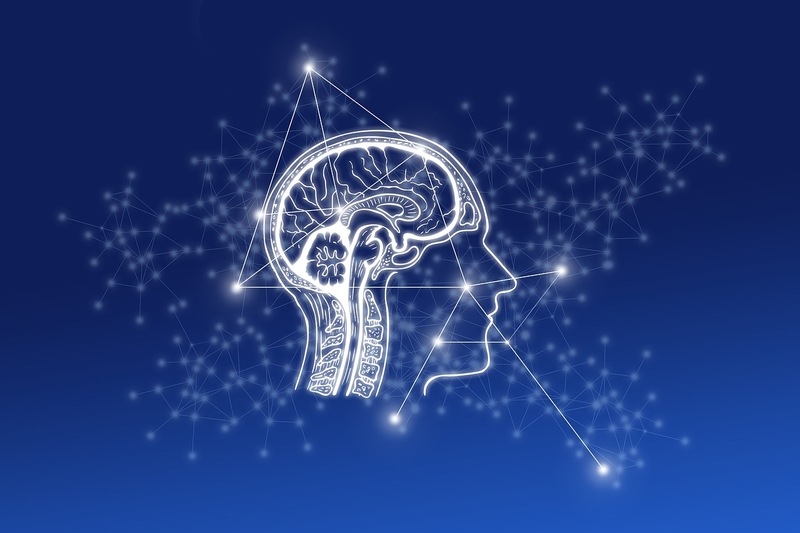
India has joined a league of leading economies including the United States, United Kingdom, EU, Australia, Canada, France, Germany, Italy, Japan, Mexico, New Zealand, Republic of Korea, and Singapore to launch the Global Partnership on Artificial Intelligence (GPAI).
GPAI is an international and multi-stakeholder initiative to guide the responsible development and use of AI, grounded in human rights, inclusion, diversity, innovation, and economic growth.
According to a press release, this is also the first initiative of its type for evolving a better understanding of the challenges and opportunities around AI using the experience and diversity of participating countries.
In order to achieve this goal, the initiative will look to bridge the gap between theory and practice on AI by supporting cutting-edge research and applied activities on AI-related priorities.
In collaboration with partners and international organisations, GPAI will bring together leading experts from industry, civil society, governments, and academia to collaborate across four Working Group themes:
- Responsible AI
- Data governance
- The future of work
- Innovation and commercialisation
It will also evolve methodologies to show how AI can be leveraged to better respond to the present global crisis around COVID-19.
By joining GPAI as a founding member, India will actively participate in the global development of AI, leveraging upon its experience around the use of digital technologies for inclusive growth.
India has also developed the National AI Strategy to employ AI-based solutions across various sectors such as education, agriculture, healthcare, e-commerce, finance, and telecommunications.
It covered obstacles to AI growth: a lack of research expertise, absence of enabling data ecosystems, high resource cost and low awareness for adoption, lack of regulations around privacy and security, and the absence of a collaborative approach to adoption and applications.
The strategy proposed a two-tiered framework for promoting AI research. This includes the creation of COREs, which are academic research hubs, and international centres for transformational AI, which are industry-led.
The country recently launched a National AI portal, which is a one-stop digital platform for AI-related developments in India and to share resources like articles, startups, investment funds, resources, companies, and educational institutions related to AI in the country.
It also developed the Responsible AI for Youth programme, aimed at giving students a platform and empowering them with the appropriate new-age tech mindset, relevant AI skill-sets, and access to digital tools.
The role of digital technologies, especially in the context of the pandemic-afflicted world, has been of crucial help across sectors.
GPAI will be supported by a Secretariat, to be hosted by Organisation for Economic Cooperation and Development (OECD) in Paris, as well as by two Centers of Expertise- one each in Montreal and Paris.
The relationship with the OECD will bring strong synergies between GPAI’s scientific and technical work and the international AI policy leadership provided by the OECD, strengthening the evidence base for policy aimed at responsible AI.
The centres will provide administrative and research support for the practical projects undertaken or assessed by Working Group experts from various sectors and disciplines. The centres will also plan the annual GPAI Multistakeholder Experts Group Plenary, the first of which will be hosted by Canada in December 2020.


















